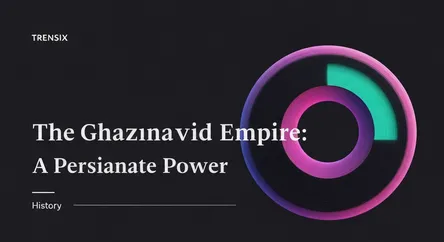History
The Ghaznavid Empire: A Persianate Power

Discover the Ghaznavid Empire, a Turkic dynasty that adopted Persian culture and played a crucial role in spreading Islam in the Indian subcontinent.
What is it?
The Ghaznavid Empire was a Muslim dynasty of Turkic mamluk (slave-soldier) origin that ruled from 977 to 1186 CE. Founded by Sabuktigin, the empire was centered in Ghazni, a city in modern-day Afghanistan. At its zenith under the reign of Sabuktigin's son, Mahmud of Ghazni, its territory expanded to include large parts of Persia, Transoxania, and the northwestern Indian subcontinent. Despite their Turkic origins, the Ghaznavids became thoroughly Persianized, adopting Persian language, culture, and administrative practices, which led to a rich Turko-Persian tradition. The empire eventually weakened due to internal conflicts and pressure from the Seljuks, losing its capital to the Ghurids in 1186.
Why is it trending?
The Ghaznavid Empire remains historically significant for several reasons. It is widely credited with facilitating the spread of Islam into the Hindu-dominated Indian subcontinent. The military campaigns, particularly under Mahmud of Ghazni, were notable for their raids on wealthy Indian cities, which had a lasting impact on the region's political landscape. The immense wealth brought back to Ghazni funded a golden age of culture, turning the capital into a major center for Persian literature, art, and science. This patronage of Persian culture established a legacy that influenced subsequent empires in the region.
How does it affect people?
The Ghaznavid Empire's legacy continues to affect people today, primarily through its long-term cultural and religious impact. Their conquests permanently altered the religious demographics of the Indian subcontinent, establishing Islam as the region's second-largest religion. The modern nation-states of Pakistan and Bangladesh trace their Muslim heritage back to this period. The Ghaznavids were also great patrons of the arts and architecture, blending Persian and Islamic styles. This cultural fusion left an indelible mark on the art and architecture of Afghanistan and the surrounding regions, influencing styles for centuries to come.